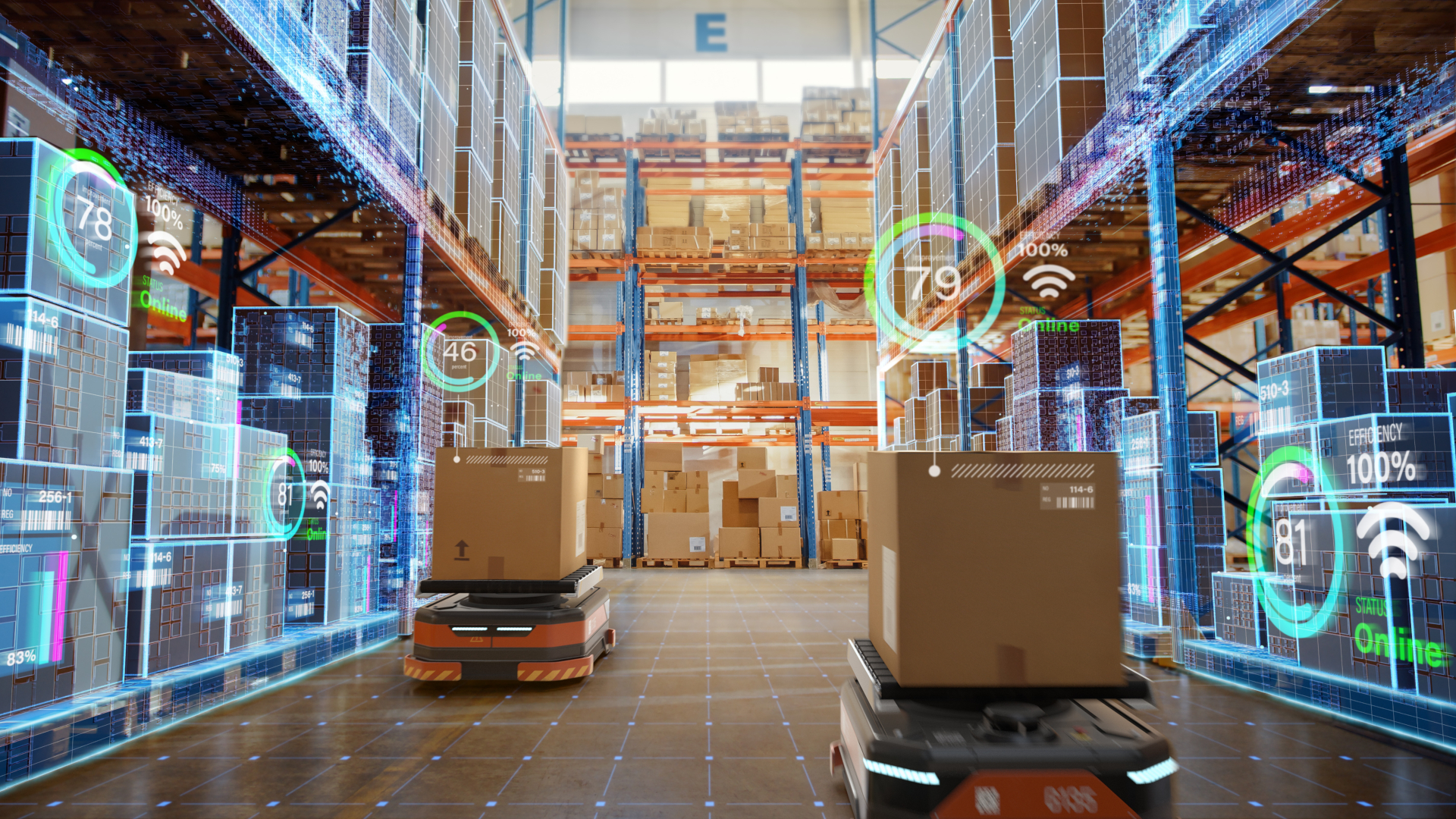The field of warehouse robots is evolving rapidly due to the growing need for improved efficiency, accuracy, as well as productivity in supply chains. Automated warehousing robotics is changing traditional warehouse processes. It offers significant benefits to businesses while reshaping today’s logistics landscape. This article focuses on key warehouse robotics technologies and trends. Industry stakeholders need to pay close attention.
Automated Warehouse Robotics Is On The Rise
Automated warehouse robotics includes a variety of technologies designed to carry out various tasks. Picking, packing sorting transportation and inventory management are all tasks performed by automated warehouse robots. Robotics in warehouses can streamline operations, lower labor costs and improve overall efficiency.
Key Technologies In Warehouse Robotics
- Automated guides vehicles (AGVs): These are self-guiding vehicles that move through the warehouse following predefined routes. They are equipped to avoid obstacles using sensors and software. AGVs transport goods throughout the warehouse. By reducing manual labour and errors, they reduce the need to use human workers.
- Autonomous Mobile Robots (AMRs): As opposed to AGVs, robots in the AMR category are not limited by fixed paths. They can also move dynamically around. AMRs utilize advanced sensors, cameras, and machine-learning algorithms to determine optimal routes, navigate around obstacles, and adjust to changes in real time. AMRs are flexible and can perform many tasks, including sorting, replenishment, and picking.
- Robotic Picking Systems: The robotic picking system uses robotic arms equipped either with grippers or suction cups to remove items from shelves. Then, they place them in containers or on conveyors. These systems utilize machine vision technology in order to identify and accurately locate items. Robotic pick-up systems are able to increase accuracy and picking speed. They also reduce the time it takes to complete an order.
- Cobots – Collaborative Robots: Cobots enhance safety and productivity by collaborating with humans. These robots will perform repetitive tasks or those that are physically demanding so humans can concentrate on other activities. Cobots are equipped to ensure that they can be operated safely close to humans.
- Warehouse Management Systems: Warehouse Management Systems is software that integrates with robot systems to optimize warehouse operation. It coordinates human and robotic workers and tracks inventory and the movement of products. WMS has a vital role to play in ensuring seamless communications and synchronization among different elements of an automated warehouse.
Trends in Warehouse Automation
- AI Integration With Machine Learning: AI is a driving force behind significant improvements in warehouse robotics. These technologies allow robots to learn and adapt from data. AI-powered bots can forecast demand patterns, optimize inventories, and enhance the decision-making process.
- Edge Computing: Edge computing involves processing the data closer to the source, reducing latencies and improving response time. In warehouse robots, edge processing enables real-time data analysis and decisions, improving efficiency and accuracy. This trend will be especially useful for applications such as dynamic path planning and obstacle avoidance that require instantaneous responses.
- Robotics-as-a-Service (RaaS): RaaS is an emerging trend where companies lease robotic solutions rather than purchasing them outright. This model offers flexibility and reduces upfront costs. It also allows businesses to scale robot operations according to demand. RaaS vendors handle maintenance, updates, and support, allowing companies to focus their efforts on core activities.
- Sustainability And Energy Efficient: As concern for the environment grows, robotics solutions that are energy efficient and sustainable have become more popular. Batteries, energy-efficient designs, and integration of renewable energies have made warehouse robotics more environmentally friendly. These technological advancements help to reduce the carbon footprint of warehouse operations.
- Human And Robot Collaboration: The next step in warehouse robotics involves seamless human-robot interaction. AI and cobots, which are AI-driven and more advanced than ever before, enable better and more intuitive interactions between workers and robots. This collaboration enhances overall worker productivity, safety, and satisfaction.
Conclusion
Automated warehouse automation is a key factor in the industry’s transformation. Integration of key technological solutions such as AMRs, AGVs, robotic picking system, cobots, and WMS drives significant improvements in accuracy, productivity, and efficiency. AI integration, 5G connectivity with RaaS, sustainability, and human-robot cooperation are among the emergent trends that will define the future of warehouse automation.
As long as businesses continue to adopt robotic warehouses and innovate, they will be able to reach new levels of efficiency. In an increasingly automated world, it is essential that companies stay on top of these technologies and trends.



